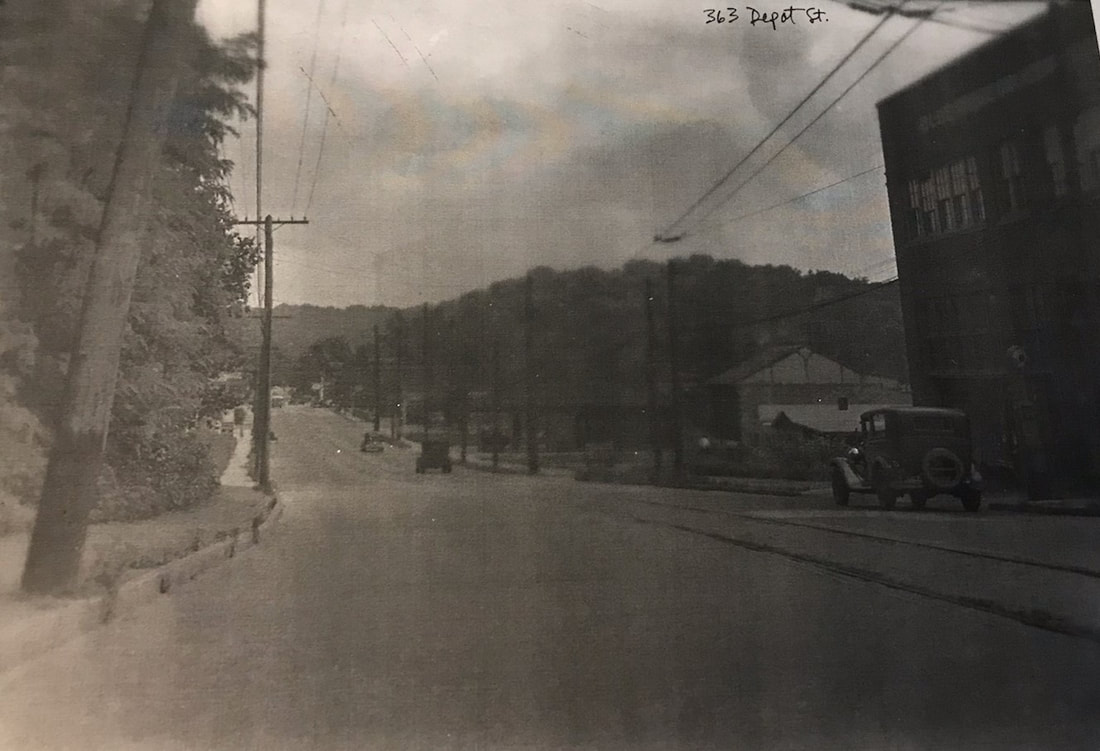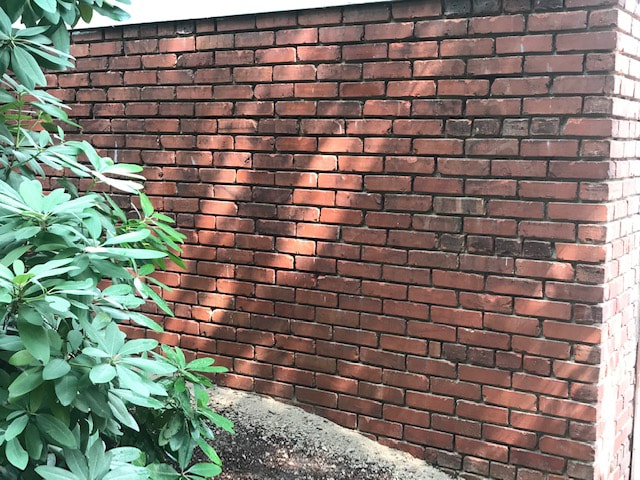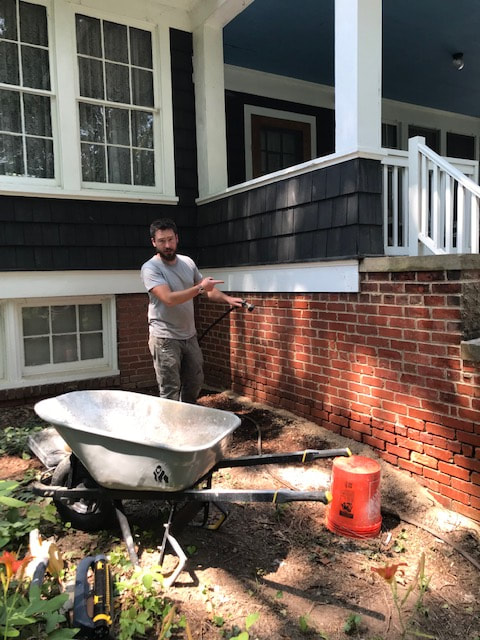A few weeks ago we began the first phase of restoring the brick foundation of a home in North Asheville. The home was built in 1907 by Charles Humphries. Humphries was believed to have owned Blue Ridge Grocery Company, a wholesale retailer formally located at 363 Depot Street.
Upon close inspection, the individual bricks of the foundation were in good condition. However, the mortar in-between the bricks had greatly deteriorated. In several areas, the mortar had gotten so soft that it resembled damp sand. At 116 years old, this was not a surprising observation.
Given the age and condition of the mortar in the brickwork, We elected to restore the entire foundation. This approach flips the hourglass on the life span of the masonry and ensures that every brick is attended to.
The approach for repair that we take is called repointing. Repointing is a meticulous process involving the removal of the old mortar and replacement with new. It is critical to ensure that the mortar we replace with is historically appropriate. Mortars that are too hard can do more harm than good when applied to historic masonry.
The approach for repair that we take is called repointing. Repointing is a meticulous process involving the removal of the old mortar and replacement with new. It is critical to ensure that the mortar we replace with is historically appropriate. Mortars that are too hard can do more harm than good when applied to historic masonry.
The photo above shows a section of foundation where we have removed the old mortar. Our aim here is to remove deep enough that our fresh mortar will act to stabilize loose bricks. This deeper depth also allows for a better cure and thus a stronger repair.
Before applying fresh mortar, there are a few considerations to make. First being, the type of mortar to use. Every project is different. With our many years of experience, we create a custom blend that is going to be durable, and yet soft enough to not damage the building. For this foundation, we determined a lime-based mortar was the way to go.
It is also very important to consider what the repair will look like when all's said and done. We never use "just add water" type mortar. By mixing custom blends from scratch, we have far greater control over the finished appearance of our restorations and repairs.
It is also very important to consider what the repair will look like when all's said and done. We never use "just add water" type mortar. By mixing custom blends from scratch, we have far greater control over the finished appearance of our restorations and repairs.
Once our custom lime-based mortar blend is settled on, we are ready to point.
The joints are thoroughly cleared of any dust of debris in preparation for new mortar. Once cleaned, the bricks are heavily hydrated. Older bricks are incredibly porous. If bricks are too dry when the fresh mortar is placed, the bricks will wick the moisture out of the mortar. This inevitably results in premature failure. In addition, it is important to keep things damp after the fresh mortar has been applied to help curing
The joints are thoroughly cleared of any dust of debris in preparation for new mortar. Once cleaned, the bricks are heavily hydrated. Older bricks are incredibly porous. If bricks are too dry when the fresh mortar is placed, the bricks will wick the moisture out of the mortar. This inevitably results in premature failure. In addition, it is important to keep things damp after the fresh mortar has been applied to help curing
This was the first phase of the total repair of the Humphries house foundation. We will come back in Spring to complete the rest after the windows in the foundation have been restored.











 RSS Feed
RSS Feed